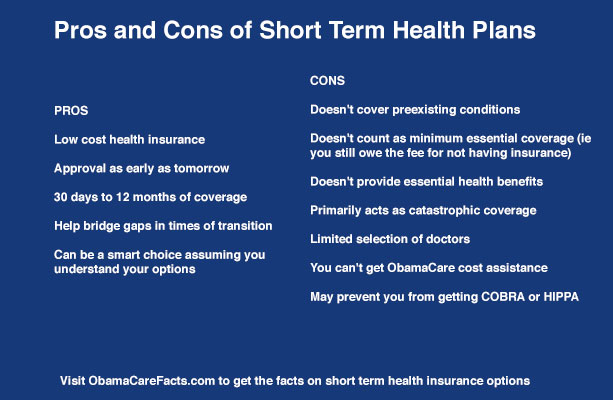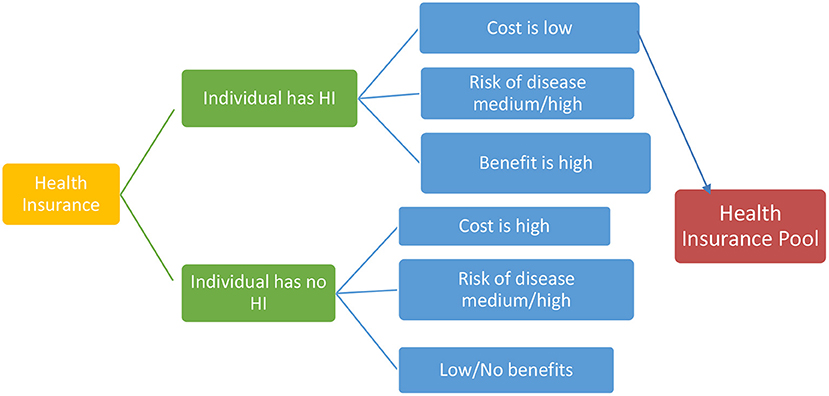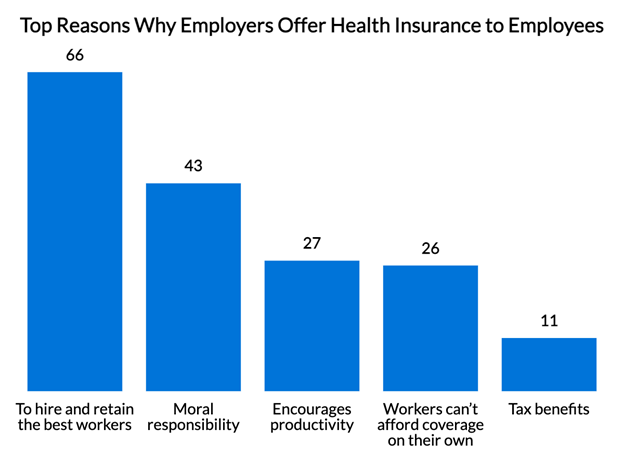The Ultimate Guide To Medicare Advantage Agent
The Ultimate Guide To Medicare Advantage Agent
Blog Article
Medicare Advantage Agent Fundamentals Explained
Table of ContentsSee This Report on Medicare Advantage AgentMedicare Advantage Agent for DummiesThe Ultimate Guide To Medicare Advantage Agent

follows from confusing the fairly young age account of the uninsured with the far better health, typically, of more youthful individuals. This covers the link in between wellness status and medical insurance. For those without accessibility to office health insurance policy, inadequate health is a potential barrier to acquiring nongroup coverage since such insurance coverage may be highly valued, omit pre-existing problems, or be simply inaccessible. The variety of uninsured Americans is not specifically large and has not changed in recent times. Seven out of 10 participants in a country wide representative survey believed that fewer Americans lacked medical insurance than actually do(Fronstin, 1998). About half(47 percent )thought that the number of individuals without medical insurance lowered or stayed constant over the last half of the last years(Blendon et al., 1999). This drop of virtually 2 million in the variety of individuals 'without insurance policy (a reduction
of about 4 percent)is definitely a favorable adjustment. With a softer economy in 2000 the most recent reported gains in insurance coverage might not continue(Fronstin, 2001 ). The decrease in the variety of uninsured will certainly not continue if the economic climate continues to be sluggish and healthcare expenses remain to outpace inflation. This is due to the fact that the information were collected for a period of solid financial performance. Of the approximated 42 million people who were uninsured, all but about 420,000(about 1 percent)were under 65 years old, the age at which most Americans become qualified for Medicare; 32 million were adults between ages 18 and 65, about 19 percent of all grownups in this age; and 10 million were youngsters under 18 years old, about 13.9 percent of all kids (Mills, 2000). These estimates of the number of individuals uninsured are generated from the yearly March Supplement to the Present Population Survey (CPS), performed by the Demographics Bureau. Unless or else kept in mind, nationwide quotes of people without medical insurance and proportions of the population with different kinds of coverage are based upon the CPS, the most extensively made use of source of quotes of insurance policy protection and uninsurance rates. These surveys and the estimates they yield are explained briefly in Table B. 1 in Appendix B - Medicare Advantage Agent. These studies differ in dimension and tasting approaches, the inquiries that are asked about insurance
Medicare Advantage Agent Fundamentals Explained
insurance coverage, and the time period over which insurance policy coverage or uninsurance is gauged(Lewis et al., 1998, Fronstin, 2000a ). Still, the CPS is specifically useful due to the fact that it generates annual price quotes reasonably rapidly, reporting the previous year's insurance policy protection approximates each September, and due to the fact that it is the basis for a regular set of estimates for more than 20 years, allowing for analysis of patterns in insurance coverage in time.

The Buzz on Medicare Advantage Agent
The connection in between health and wellness insurance policy and accessibility to care is well developed, as recorded later on in this phase. The connection in between wellness insurance policy and health results is neither direct neither straightforward, a considerable scientific and health and wellness services research literary works links wellness insurance coverage
to improved enhanced to care, better qualityHigh quality and improved personal and population health statusCondition The second report, on personal wellness end results for uninsured grownups, is represented by the inner circle of the figure, while the 3rd record, on family well-being, includes the topics of the second record yet highlights a various device of analysis, particularly, the family.
It concentrates especially on those without any wellness insurance for any type of size of time. The issues dealt with by the underinsured remain in some aspects similar to those encountered by the without insurance, although they are normally much less serious. Uninsurance and underinsurance, nevertheless, involve clearly various policy concerns, and the strategies for resolving them might differ. Throughout this research study and the five records to follow, the major focus is on persons without any health and wellness insurance coverage and therefore no aid in spending for wellness treatment past what is offered through charity and safety and security web institutions. Health and wellness insurance coverage is an effective variable affecting invoice of care due to the fact that both patients and doctors react to the out-of-pocket price of solutions. Health insurance, nevertheless, is neither needed neither enough to gain access to clinical solutions. However, the independent and straight effect of wellness
insurance coverage on accessibility to health and wellness services is well developed. Others will obtain the health and wellness care they need also without Extra resources wellness insurance, by spending for it out of pocket or seeking it from providers that supply treatment cost-free or at extremely subsidized prices. For still others, health and wellness insurance policy alone does not make certain invoice of treatment since of various other nonfinancial barriers, such as an absence of healthcare companies in their community, limited accessibility to transport, illiteracy, or linguistic and social differences. Formal research regarding uninsured populations in the United States dates to the late 1920s and very early 1930s when the Committee on the Price of Medical Treatment generated a collection of reports about funding medical professional workplace check outs and hospital stays. This problem became significant as the varieties of clinically indigent climbed up throughout the Great Anxiety. Empirical research studies regularly sustain the web link between accessibility to care and enhanced health and wellness outcomes(Bindman et al., 1995; Starfield, 1995 ). Having a normal resource of treatment can be thought about a forecaster of gain access to, instead of a direct step of it, when health outcomes are themselves made use of as access indicators. This expansion of the notion of accessibility measurement was made by the IOM Board on Monitoring Accessibility to Personal Healthcare Solutions(Millman, 1993, p. Whether parents are guaranteed appears to impact whether their kids obtain care as well as just how much careeven if the children themselves have coverage(Hanson, 1998). The health and wellness of parents can influence their capacity to look after their youngsters and the level of family stress and anxiety. Worrying regarding their children's access to care is itself a source of anxiety for moms and dads. Three chapters follow in this record. Chapter 2 supplies a summary of how employment-based health insurance coverage, public programs and individual insurance policies run and interact to provide considerable yet incomplete protection of the U.S. population. This consists of an evaluation of historical patterns and public policies affecting both public and exclusive insurance, a discussion of the interactions amongst the various sorts of insurance, and an assessment of why people relocate from one program to another or finish up

Report this page